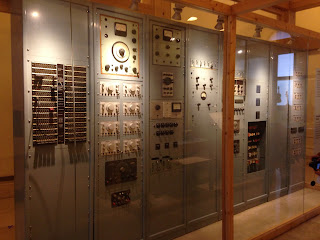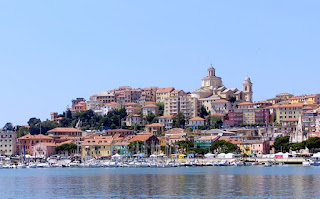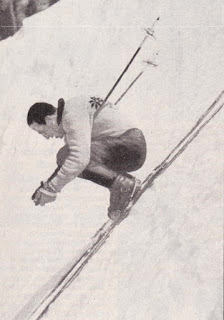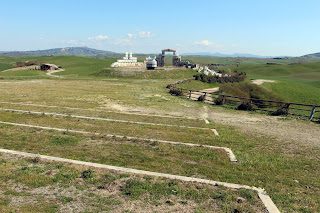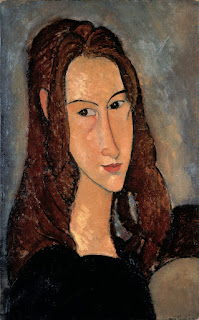Anarchist who gunned down a king
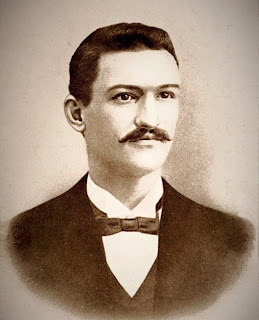 |
| Gaetano Bresci plotted to kill Umberto I while working as a silk weaver in New Jersey |
Gaetano Bresci, the man who assassinated the Italian king
Umberto I, was born on this day in 1869 in Coiano, a small village near Prato
in Tuscany.
He murdered Umberto in Monza, north of Milan, on July 29,
1900, while the monarch was handing out prizes at an athletics event. Bresci mingled with the crowd but then sprang
forward and shot Umberto three or four times with a .32 revolver.
Often unpopular with his subjects despite being nicknamed Il Buono (the good), Umberto had survived two previous attempts on his life, in 1878 and 1897.
Bresci was immediately overpowered and after standing trial in
Milan he was given a life sentence of hard labour on Santo Stefano island, a
prison notorious for its anarchist and socialist inmates.
He had been closely involved with anarchist groups and
had served a brief jail term earlier for anarchist activity but had a motive
for killing Umberto.
A silk weaver by profession, he was living in the United
States, where he had emigrated in the 1890s and had settled in New Jersey with
his Irish-born wife.
Working as a weaver in a mill in Paterson, New Jersey,
Bresci and others set about propagating anarchist ideas among the large local
Italian immigrant population, eventually setting up a newspaper, La Questione
Social.
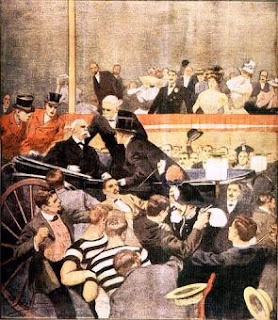 |
| An artist's idea of the scene in Monza as Bresci is overpowered after shooting the king |
Bresci became one of the main contributors to the paper,
devoting much of his free time to writing and organising fellow anarchists, when
he heard about a horrific event in Milan on May 6, 1898 that would determine
the course of the rest of his life.
Following the so-called ‘bread riots’ - a prolonged campaign
of strikes and demonstrations across Italy to protest against the rising cost
of living - a mass demonstration of workers had taken place in Milan on that
day.
There were outbreaks of violence and the Italian army were
positioned to protect key buildings. The march took an increasingly threatening nature and, fearing an attack upon
the Royal Palace, General Florenzo Bava-Beccaris ordered troops to
fire on the crowd.
The shootings, known as the Bava-Beccaris massacre,
officially left 80 people dead, although the true number was possibly double that.
Bresci was so incensed he vowed to avenge the workers who
had been cut down on the streets of Milan that day and hatched his plot to kill
the king.
He kept it a secret even from those fellow anarchists with
whom he had worked so closely in Paterson. In May 1900, with no explanation, he
asked for the return of a $150 loan he had made to set up La Questione, a move
that left some of his comrades deeply bitter towards him.
Bresci set sail for Italy on May 17, 1900 and carried out
his plan two months later. His sentence
was pronounced on August 29 and his friends and family consoled themselves with
the knowledge that at least he was still alive.
However, only a year later he was dead, in mysterious
circumstances, discovered hanged in his cell. His death was recorded as suicide
but there were strong suspicions that he was kicked to death by prison guards,
who attempted to conceal evidence from investigators by throwing his body into
the sea.
| How the abandoned prison on Santa Stefano looks today |
Travel tip:
Santo Stefano is an island in the Tyrrhenian Sea off the
west coast of Italy, part of the Pontine Islands. The prison built by the Bourbons in 1797
remained in use until 1965. It was one of the prisons used extensively by the
Fascists to imprison opponents of Benito Mussolini’s regime. The future president of the republic, Sandro
Pertini, was incarcerated there for a while.
These days, the island is uninhabited but for the tourists who visit
each day.
 |
| The church of Saints Peter and Paul in Coiano |
Travel tip:
The small hamlet of Coiano, where Bresci was born, can be found on the hills
bordering the Elsa and the Elba valleys, near Castelfiorentino, about midway
between Florence and Livorno, not far from Empoli. It is known for its monumental
Romanesque church dedicated to Saints Peter and Paul in Via Francigena. It is a
typical example of Romanesque12th century Pisa-Volterra architecture with a façade
made of half sandstone and half brick, probably due to a collapse of the upper
part.


